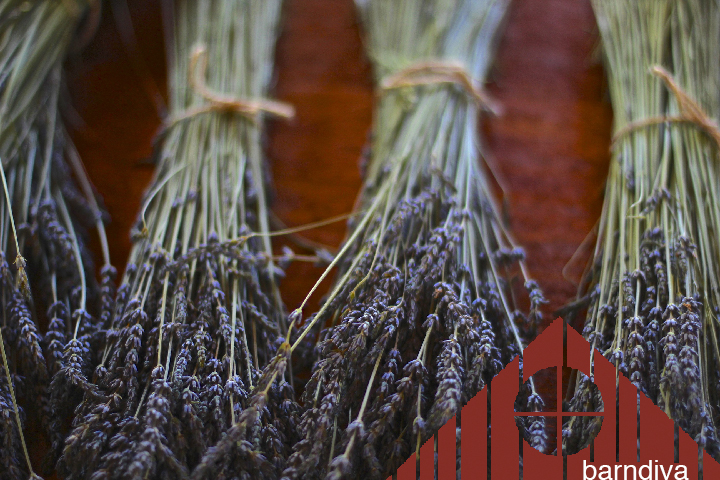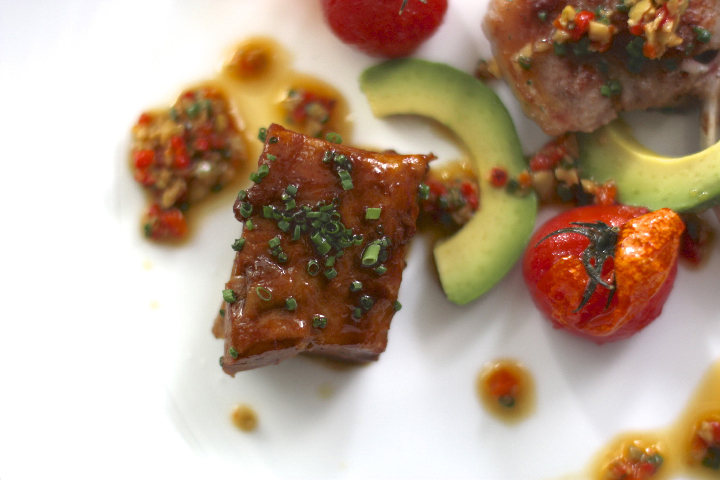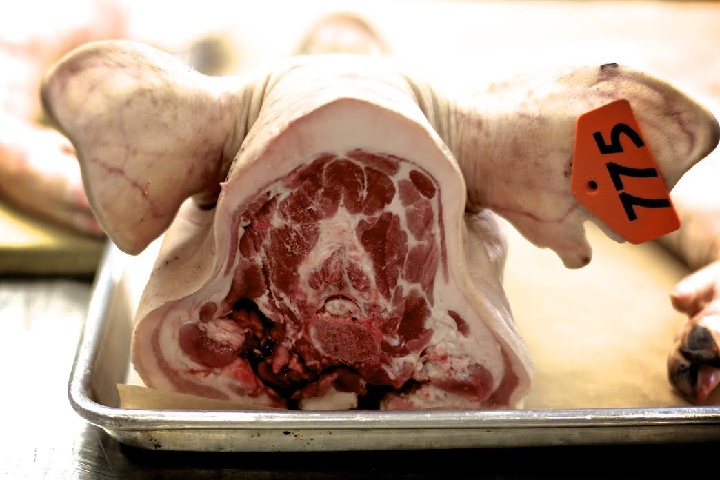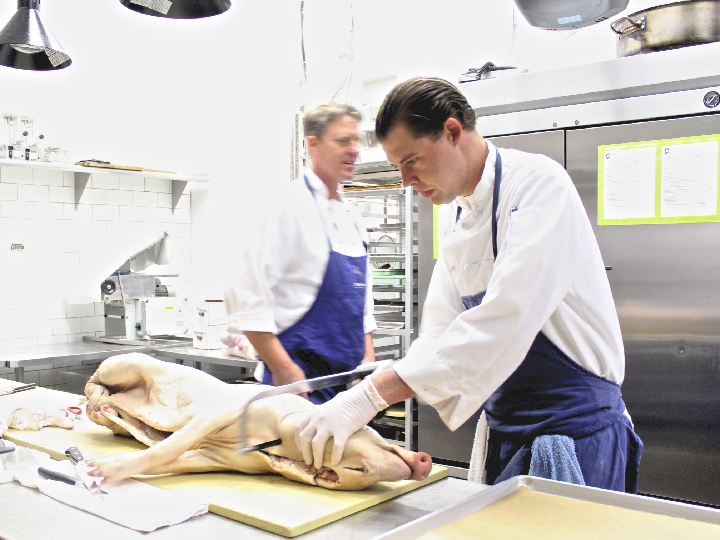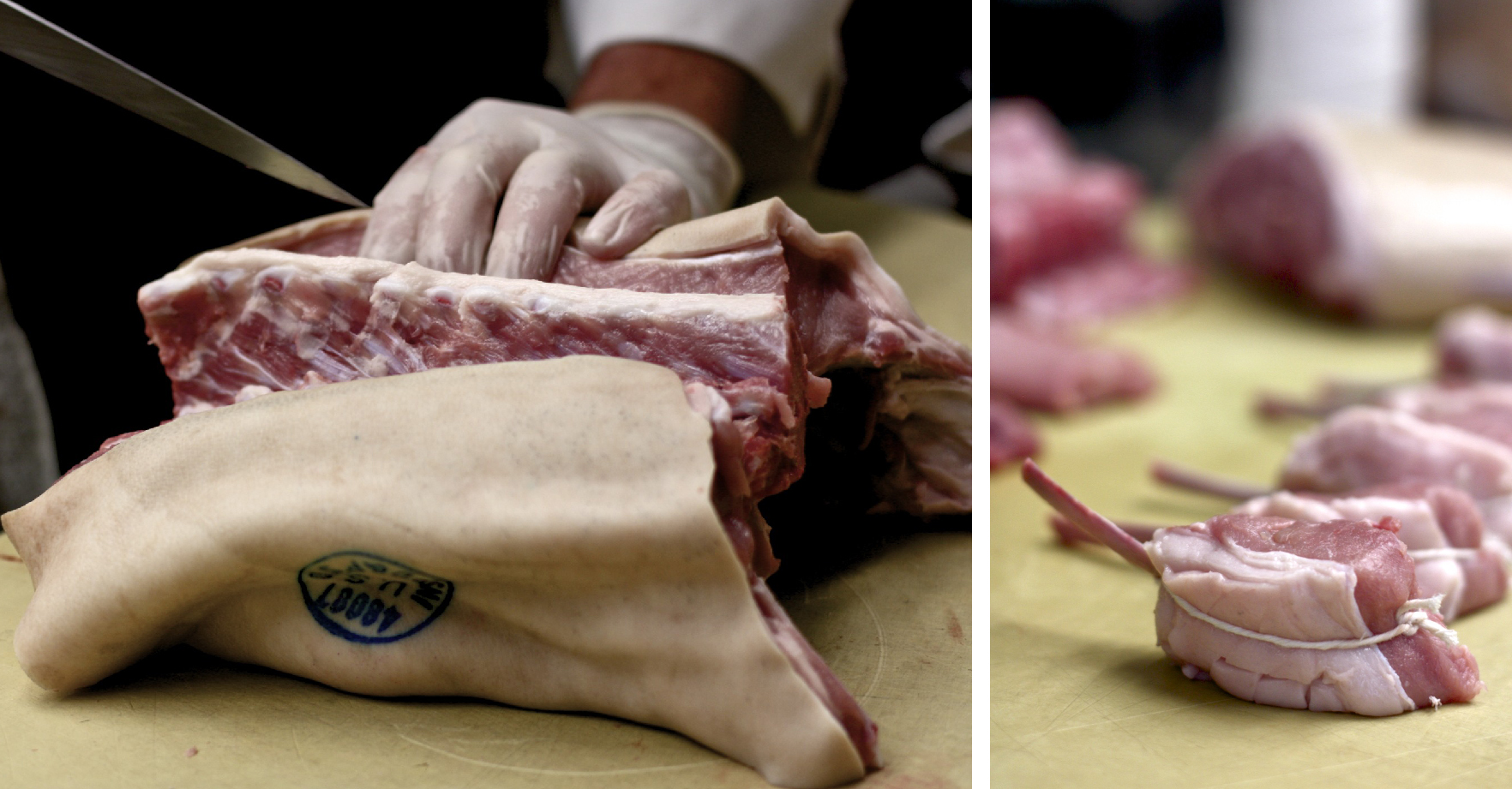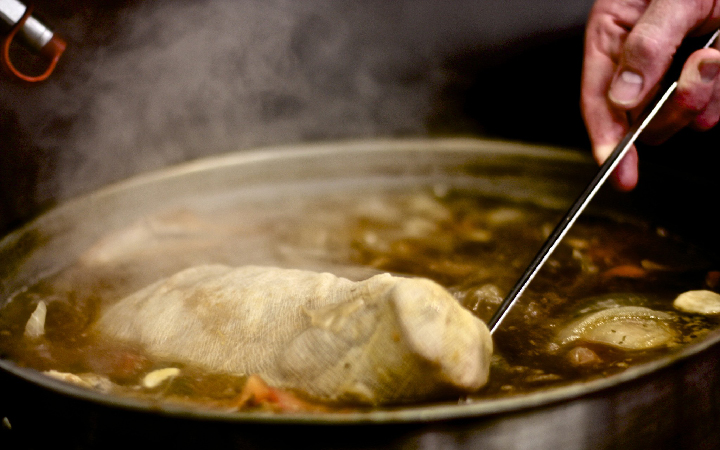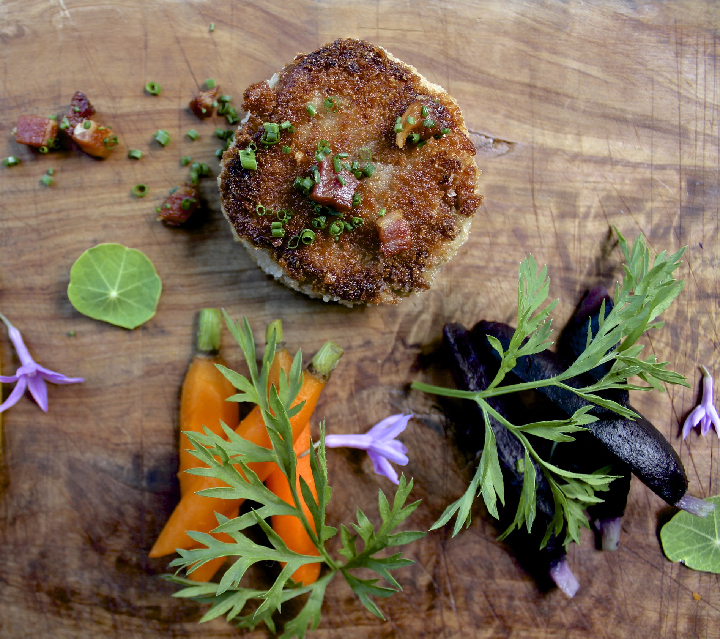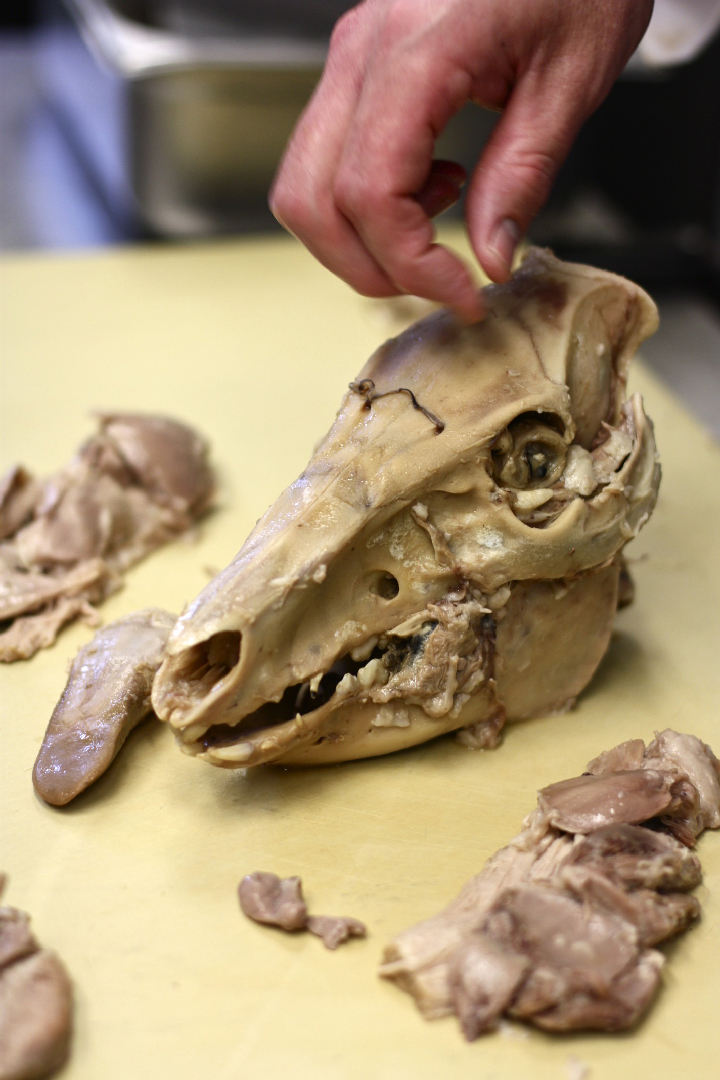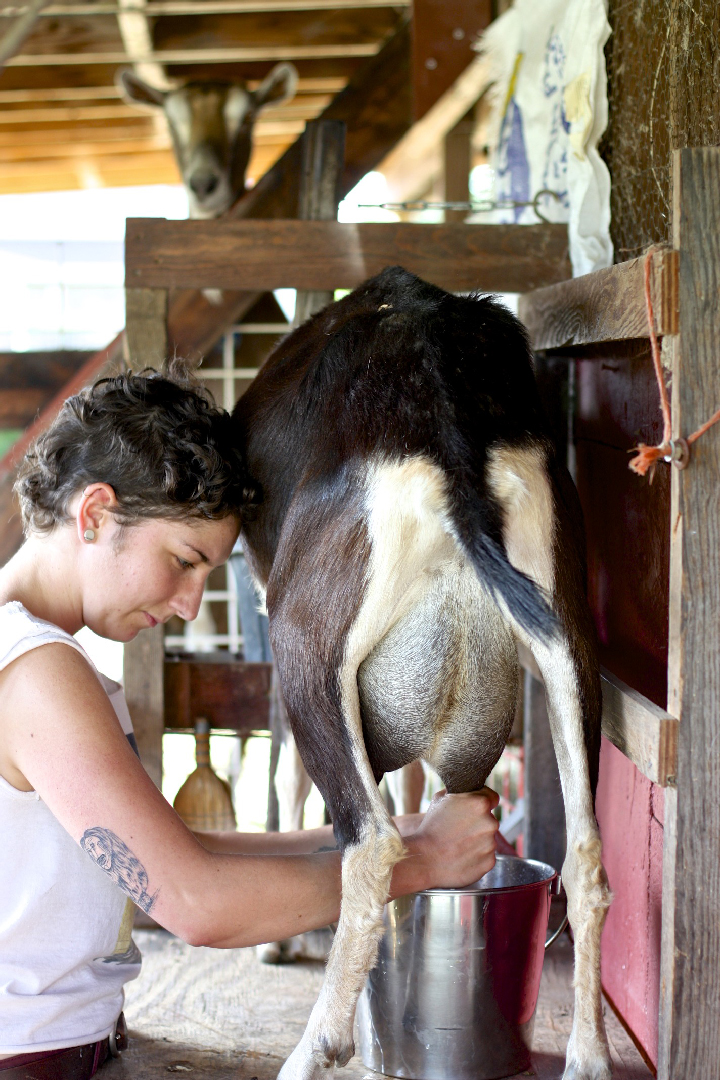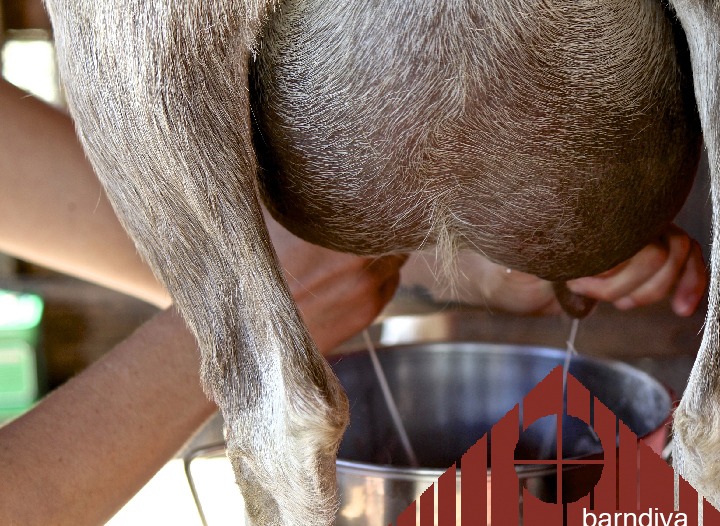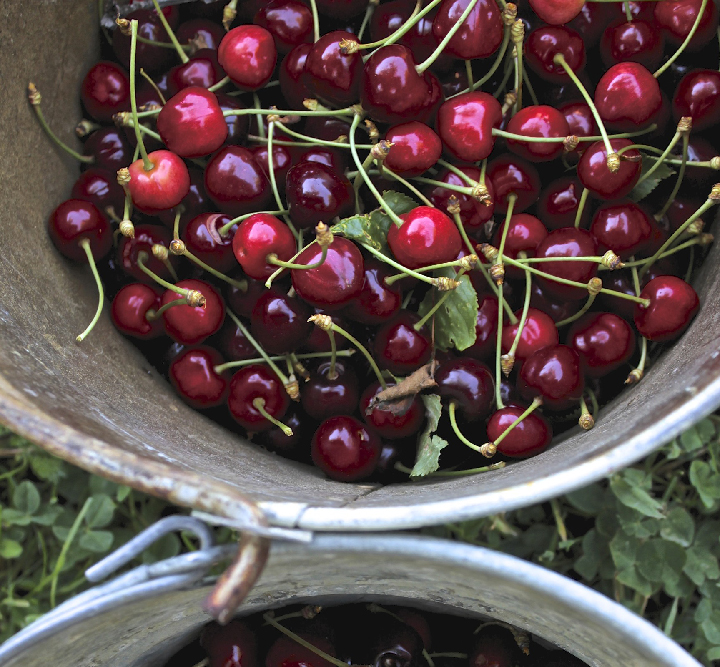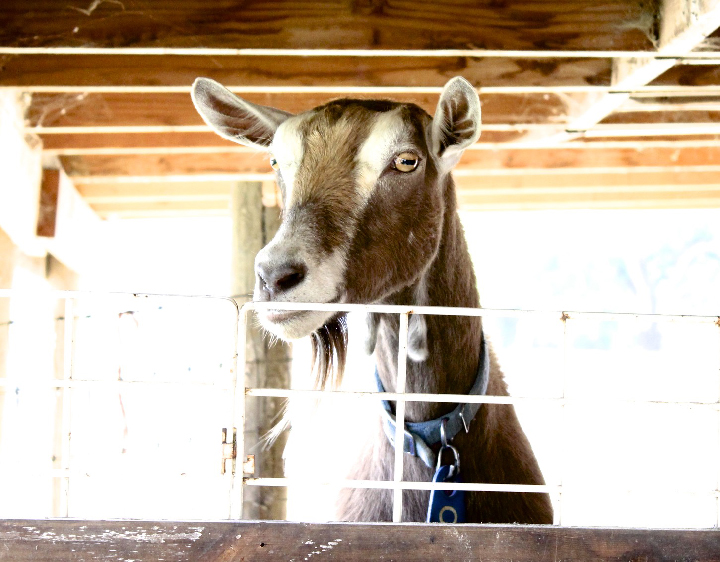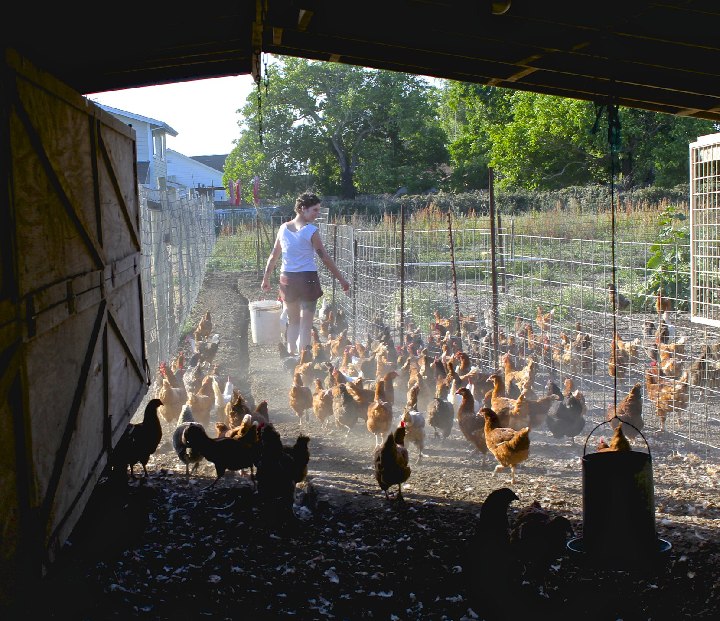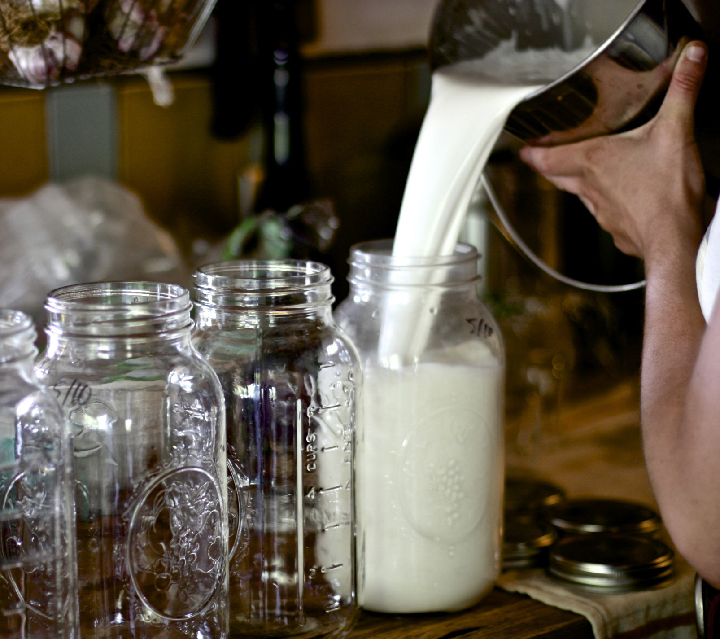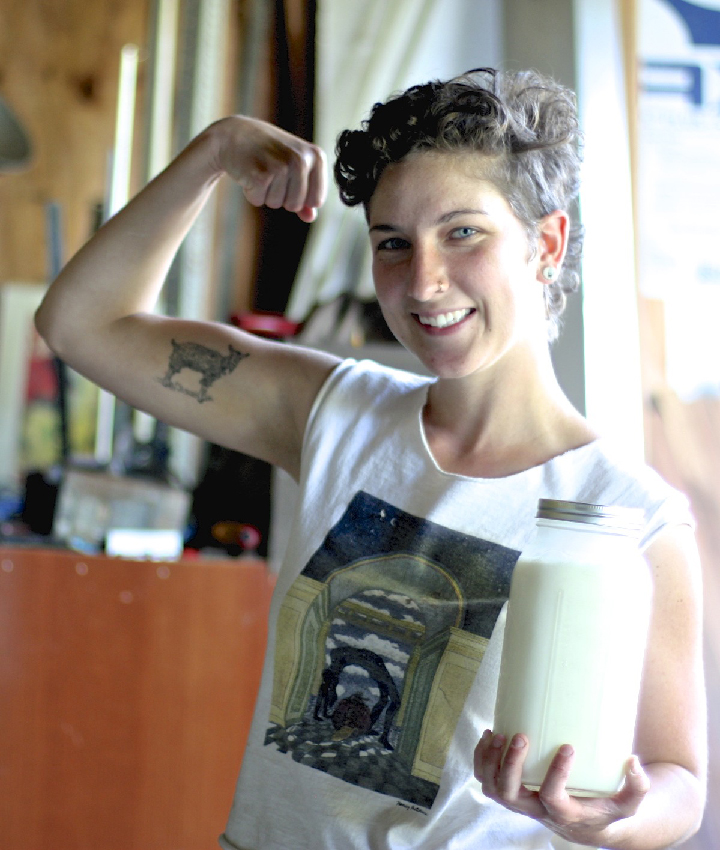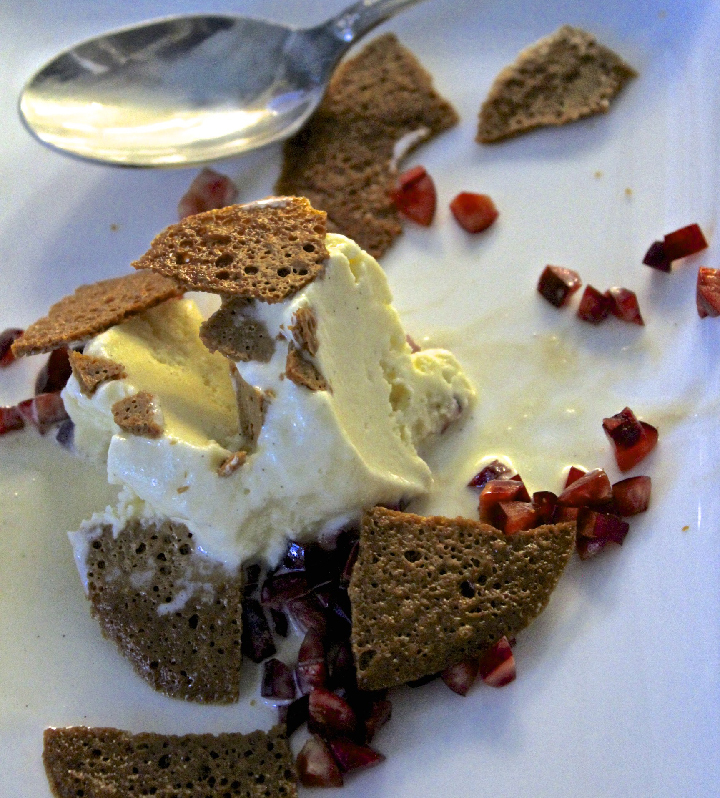Most obsessions are formed early in life, but 40 years into a passion for gardening which has led me down a fragrant, if financially imprudent path, I’m still wondering how I got here. Until the age of ten my floral universe was pretty much a blank, relegated to what I saw at weddings or funerals. Except for my friend Dave's crazy uncle who grew orchids in a greenhouse he rarely left, no one I knew had a house full of roses, much less a garden to cut them from.
As it happens, I had been born somewhere with exotic, sensual flora and sometimes, exploring the canyons above the Pacific, I’d come across a bloom growing wild that stirred a memory. Then one afternoon on a school trip to the newly opened LA County Museum I wandered away from the group and found myself in a room filled with Dutch still life paintings. A canvas on the far wall depicted flowers in a vase, but oh, what extraordinary things they were - tight buds, opulent blooms, and one wilting rose whose molding petals were so luminous they seemed rendered in pearl. There were a few pieces of fruit on the table beneath the vase, grapes and a half eaten pear which had begun to rot, drawing a single black fly with filigree wings as intricate as old lace, transparent as glass. There was nothing still about the painting. It pulsated with dangerous, beautiful life.
From that moment on I began to really look at flowers - how their symmetry and myriad of textures delighted the eye and eased my brain, slaking a deep thirst for natural color that living life in the fast lane of big gray cities had engendered. It would be years before I wandered into the gardens at Sissinghurst wanting to know more about the kinship between Virginia Woolf and the great diarist and gardener Vita Sackville West and discovered in myself not just the need to look at beautiful gardens, but the desire to get my hands dirty. To echo, if only in the smallest way, some of the intrinsic beauty I began to see in great gardens all over the world.
I've always felt a connection with the untamable parts of the natural world. Jungles, forests, and bodies of water you cannot see across test one's bravery, feed a boy's own (and girl's!) desire for adventure - they astound with a fearsome, beautiful inevitability. The untamed world is a Russian novel. A tended, truly loved garden, no matter how large or small, is a middling poem striving to be a great haiku.
And while the pride I've felt harvesting crops and orchards is inestimable, it's prosaic. Grow food and the result, a full stomach, is its own reward. A flower garden feeds something else. You must suffer through many cuts and something that looks an awful lot like death to get there, but as counter intuitive as it seems the end result - a garden in bloom - does not just fill you with it's beauty, it's also incredibly optimistic. For a soul like mine that leaned toward the melancholic, flowering gardens held a sort of salvation. They were the opposite of Virginia's pocketful of stones.
In a wonderful short piece which appeared in the NY Times Magazine last June the horticulturist Umberto Pasti writes “To become a gardener means to try, to fail, to stubbornly plug away at something, to endure serious disappointments and small triumphs that encourage you to try and fail again.” It also sounds like the quintessential definition of a romantic. Or an artist. Or a mother.
What the garden doesn’t do in so many words, that partners and children can and do, is talk back. It speaks of itself or for itself, but in its total obliviousness to your imprudence in trying to control it, frees you in a way that loved ones and work - which depend on approbation - cannot. It encourages you to risk, to take chances. Even when some grand plan fails, you know winter is coming and with it rain and spring and something remarkable rising from the soil. It’s hard to remember that happiness follows sorrow in life, but it can and more often than not does. The garden is a reminder of this, and the great truth that sometimes what doesn’t grow in one place often thrives in another.
For me, time spent in the gardens is a guiltless way to recharge an appetite for joy and in a roundabout way, to dig away at sorrow. It's a place where you learn not to take yourself too seriously. It may be a garden you've created and encouraged to thrive, but Nature rules and you inevitably contend with the truth that you are not much more than a part of the equation. I see this as a good thing. Being constantly self-referential is a boomerang, not a kite.
Of course once you succumb to a garden’s magic, it will take all you have to give it, in both time and money. I could have circled the globe a dozen times for the amount I’ve spend in four decades fighting, then learning to work in tandem with the wild forests that surround our gardens on Greenwood Ridge. It has never felt, not for an instant, like time or money ill spent. The flower gardens have been my emotional tuning fork in life. Just below the sound of the wind and in among the bees, whose buzzing happily attests my irrelevance, is a place where I can really hear myself think.
There is a prescient line in Sherry Turkle’s Ted Talk about how technology has made being alone feel like a problem that needs to be solved. It isn’t, it’s a solution, for to be comfortable in your own skin and to do so (sometimes at least) without other people is to be receptive to a state of being honestly alive, free from false exigencies.
The art of being yourself and losing yourself, this is what I find when I wander my gardens now, especially in the early morning or just before dark. Whether I am filling buckets for the restaurant arrangements, raising the camera, or just wandering, I do not really have a predetermined agenda. For while gardening reawakens the recognition that all we have is time, it reaffirms there is no time to waste. The preciousness of the present is so easily lost in the rushed way we are incessantly encouraged to live our lives, it's a message you need to hear whatever your age. I think this was the whisper I heard from that painted vase of flowers I came upon so many years ago. In any case, it is a meditation that lingers.
Moving forward...
2016 is going to be an even more exciting year for florals in Barndiva.
For the past two years Daniel Carlson has been Head Mover of Soil at the farm and Instigator in Chief behind apple cider production, while overseeing the edible floral beds in the Studio Garden. In the same time frame he has also been designing extraordinary floral displays for weddings and private parties across the country on his own and under the auspices of our great friend Danielle Rowe at Brown Paper Design. This year Dan will launch an in-house floral program at Barndiva and offer his exquisitely designed natural arrangements to all of Barndiva's dinner parties and weddings, large and small. He can be reached directly through his new website: www.dcwestgarden.com
A short list of "local" FLORAL RESOURCES
NOW is the time to start thinking about expanding or even starting a flower garden. Some of our favorite flower farms and nurseries offer retail accounts and fantastic educational opportunities. When it comes to buying seeds and flats remember: Like most everything else in life, you get what you pay for.
Dragonfly Floral is both a resource and an inspiration, it always tops our local list. They are not a nursery but do everything else: you can order an arrangement to be delivered, buy loose blooms directly from the farm, take a class or a degree oriented series, or ask advice from Bonnie Z, Dragonfly's beloved owner and a muse for three generations of Healdsburg gardeners. You're even welcome to stop and smell the roses in their magnificent gardens on Westside Road. www.dragonflyhealdsburg.com
Emerisa is a great nursery that works both wholesale and retail lanes Don't expect a lot of help- do your homework first. www.emerisa.com
Goodness Grows in Boonville is Dan and Lukka's favorite "local" nursery in Anderson Valley, always helpful and they will order for you. 11201 Anderson Valley Way, Boonville.
Digging Dog Nursery all the way out in Albion is an acquired taste, but one you should acquire if you have any esoteric aspirations for your garden at all. Check they're open, and don't expect a lot of help, but it's always worth a visit for their unique plants. www.diggingdog.com
Occidental Arts and Ecology - Become a member. Their plant sales in spring - though they have others- is a rite of passage. But get there early and leave time for a walk. (Just don't trust they can look after your stash, even once you pay. Stuff your treasures in a back seat, with the window cracked.) www.oaec.org
CalFlora is worth a trip because it's one of the Bay Area's oldest California native plant nurseries. www.calfloranursery.com
Even farther down the road in Richmond but also worth the trip is Annie's Annuals for it's impressive table displays. They always have plants in all stages of bloom, so you can see what you're committing to. www.anniesannuals.com
Finally, a second organic local farm where you can source superb cut flowers. Front Porch is a relative newcomer to the scene, but driven by the flower mad Mimi Buckley it has become one of our favorite suppliers. Front Porch grows over 60 varieties throughout the year for events, but they are equally happy to fill small custom orders that can be picked up at their beautiful farm. Contact zoe@fpfarm.com












